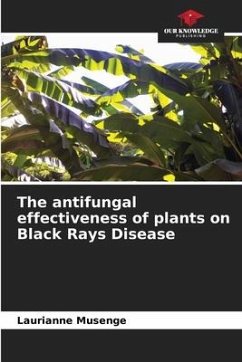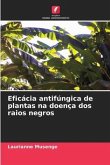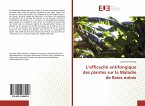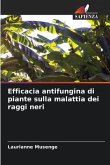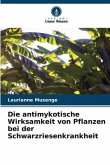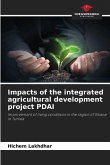In the Democratic Republic of Congo, banana cultivation is ranked third after manihot esculenta and zea mays. For years, its cultivation has been subject to attacks of cercosporiose, which has undoubtedly led to the use of pesticides. A study was undertaken at the plant clinic laboratory to evaluate the antifungal efficacy of the plants on the growth of mycosphaerela fijiensis, the causal agent of black stripe disease. The results of this study revealed that the radial growth of mycosphaerella fijiensis is affected by the incorporated plant extracts. Its growth varied from 0.1 to 4 cm in diameter at the incorporated amounts of 0.5 and 1g for all three plant species, while at 2g, the growth of the agent stopped at 0.4cm for Azadirachta indica, 2cm for Ricinus communis and zero growth for Zingiber officinale.
Bitte wählen Sie Ihr Anliegen aus.
Rechnungen
Retourenschein anfordern
Bestellstatus
Storno

